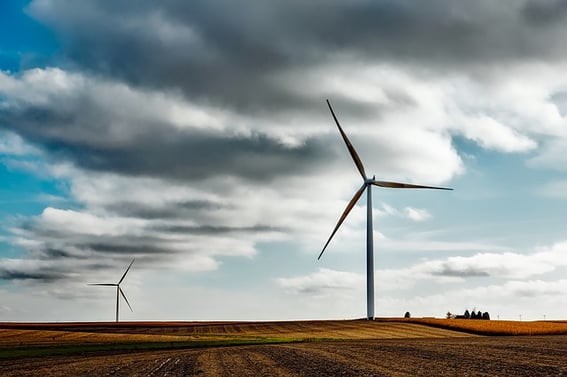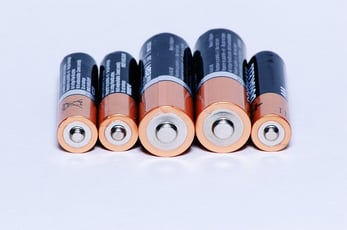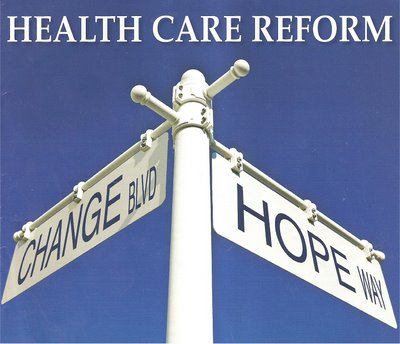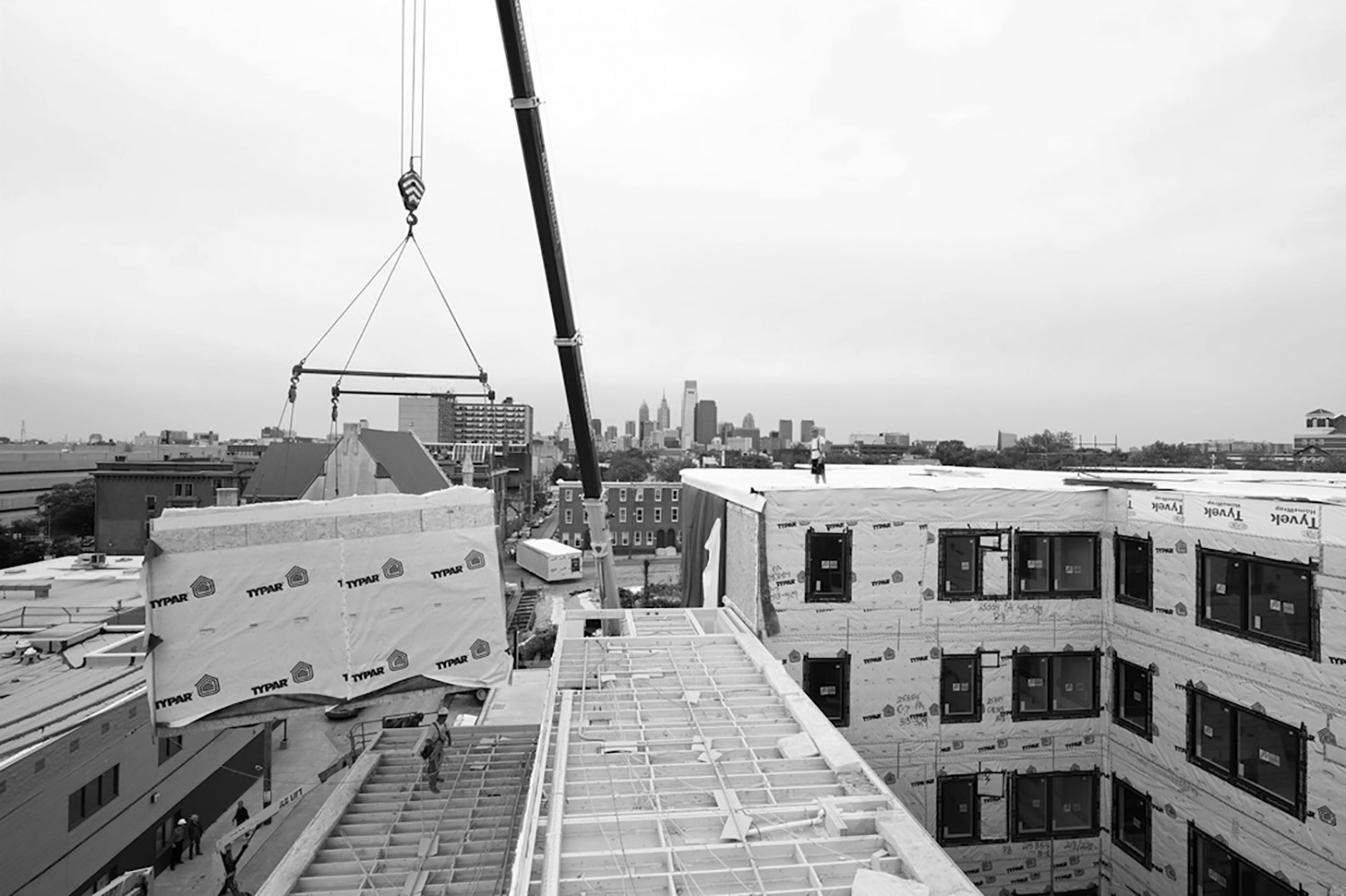I spend most of my time focused on improving energy efficiency in buildings. Common recommendations include improving scheduling so that equipment doesn’t run continuously 24/7 or implementing lighting controls so that lights automatically turn off when nobody is in the space. These types of measures can significantly reduce electricity consumption but may have little impact on the building peak demand, let alone the grid peak demand.
Storing Energy Effectively
Recently, I’ve become interested in the bigger picture, in terms of looking at the electric grid and energy production more broadly, including how buildings can play a role in helping to optimally manage load on the grid. As variable generation renewable energy sources such as solar and wind continue to penetrate the grid, the question of how to effectively store electricity grows increasingly important. While a lot of attention has gone to the potential of electric cars to essentially serve as a massive battery on a fleetwide scale, there are also proven opportunities in the building stock as well, in the form of thermal energy storage.

Storing Clean Energy for Later
Thermal energy storage in buildings is nothing new of course, and is typically used to mitigate peak demand charges, such as by charging an ice storage system at night when electricity is less expensive and discharging during the day during peak times when electricity costs more. These types of systems are essentially storing electricity generated at one time for use at a later time. I expect that as we continue down the road of adding renewables to the grid, we will begin to see more thermal energy storage in buildings to serve as a sponge for potential overgeneration and to help flatten the grid demand curve generally. These systems can include ice or chilled water storage, heating hot water storage, domestic hot water storage, and others. For example, a building in Texas could generate chilled water at night when the grid is awash in wind energy production and use the chilled water to cool the building the following afternoon. This could prevent the need for curtailing excess wind turbine production and therefore allow for a greater percentage of renewable electricity on the grid.

Benefits for Owners
Integrating thermal energy storage into mechanical systems in buildings can be a win-win-win proposition for building owners, in that it can reduce peak demand charges and on-peak electricity consumption, result in payments from the utility for providing grid stabilization services, and even allow for downsizing of installed equipment capacity. In a future post, I plan to look at a more detailed example showing costs and savings for a particular installation to further illustrate the benefits of energy storage.

